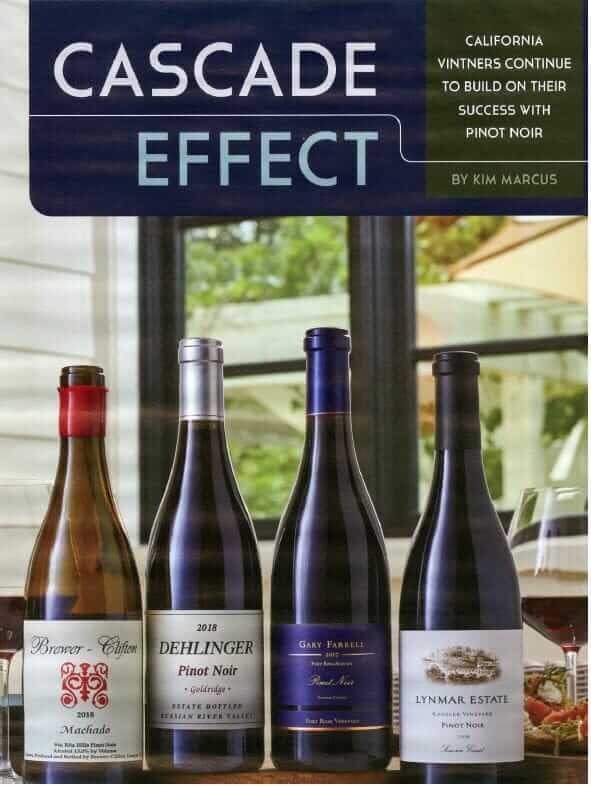
Cascade Effect | Wine Spectator, October 2020

An excerpt from the October issue of Wine Spectator in Kim Marcus’ article on California Pinot Noir, featuring Gary Farrell Winery and Winemaker Theresa Heredia:
“One producer that has been firing on all cylinders is Gary Farrell, which delivers five 90-plus Pinots this year, along with four at 89 points. Overall, the winery makes a total of 20 different Pinot Noirs…” “That most are single-vineyard releases is indicative of the burgeoning number of site-specific wines that have swept across the state. This is the driving model for today’s vintners as they seek to satisfy their fans’ desire for ever-finer gradations of Pinot Noir. That said, the level of quality is quite consistent across these producers’ lineups, so rest assured is you can’t find the exact vineyard designation you’re looking for, there are plenty of excellent alternatives.
The highest scorer from Gary Farrell is the powerful and pure-tasting Fort Ross-Seaview Fort Ross Vineyard 2017 (95, $75), which shows intense cherry and red currant flavors, backed by the fresh acidity that is a hallmark of the region. The wine comes from the edge of the continent, on the slopes that are within a couple of miles of the pounding surf of the Pacific, in the rugged terrain of the northern Sonoma Coast – a topography reminiscent of the fabled Big Sur region of Monterey. Located at 1,400 to 1,450 feet above sea level, the vineyard is reputedly the closest to the ocean in all of California.
‘The grapes are bathed in fog through late morning, but then drenched in sun during the afternoon, because the vineyard sits well above the fog layer at the time of day,’ says Theresa Heredia, winemaker at Gary Farrell since 2012. ‘This produces beautiful tannins from the fruit itself, but also yields nicely ripened stems for whole-cluster inclusion.’ The success of the Fort Ross bottling, Heredia explains, is part of a larger strategy for the Russian River-based winery. ‘In the last four years, we’ve been looking for more coastal fruit to balance Russian River fruit,’ which is usually riper and more opulent.”
Click the following link to view the entire article online at WineSpectator.com: Cascade Effect



